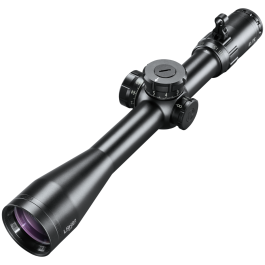tdhanses
WKR
- Joined
- Sep 26, 2018
- Messages
- 5,739
I have the 2.5-20 nx8, id highly recommend it over the 32x if your hunting, if your going to make it a range gun then i could see going 32xI like the 8x option. As said earlier I think with the 4-32 range I can "grow" into it while getting comfortable with taking long range shots.


